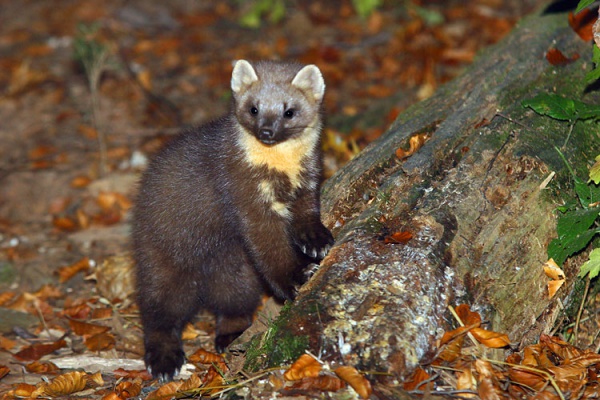Facts About Marten
Martens are intriguing creatures belonging to the genus *Martes* within the subfamily Guloninae, a subset of the Mustelidae family. They are easily identifiable by their bushy tails, large paws with retractable claws, and fur that ranges in color from yellowish to dark brown—qualities that make them highly prized in the fur trade. These sleek and agile animals are well-adapted to life in taiga habitats and thrive in coniferous and northern deciduous forests throughout the Northern Hemisphere.
Recent genetic research has revealed that the genus *Martes* is paraphyletic, meaning it does not include all descendants of a common ancestor. Some studies even suggest that martens are closely related to other genera, such as *Eira* and *Gulo*.
Martens lead solitary lives, only coming together during the breeding season in late spring or early summer. They give birth to litters of up to five kits in early spring. These kits are weaned after about two months and become independent at around three to four months of age. As omnivores, martens have a diverse diet but can sometimes become problematic by seeking out warm, dry places, which can lead to damage to vehicles and other materials.
Martens also hold cultural significance in various regions. In Canada, they were a key part of the fur trade, exchanged for goods. In Croatia, marten pelts were used as a form of payment during the Middle Ages, influencing the name of the modern Croatian currency, the kuna. In Finland, the renowned company Nokia derives its name from a type of marten called the nokia. In ancient Greece, martens were mentioned in the Iliad, and in Italy, the Latin word for helmet, "galea" originally referred to marten pelts.

 Azerbaijan
Azerbaijan